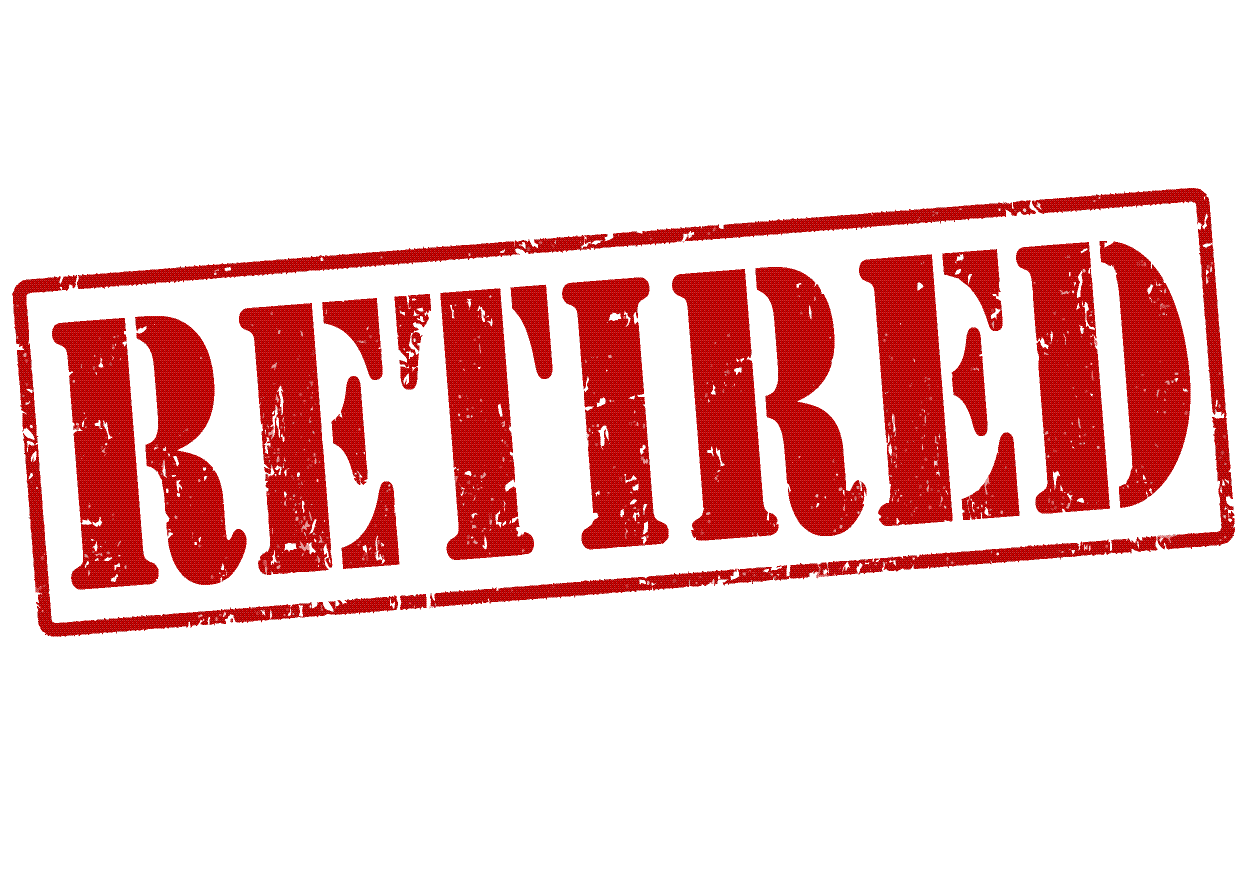 Computer problems solved |
 |
|
| |
|
|
|
|
|
|
|
||||||||||||
|
Essential PC Basics
Most computers sold these days come with very little guidance as to what needs to be done when you first set up your system. Neither does anyone tell you the risks of something going wrong. This short section is intended to redress the balance in your favour. First of all, most people buy their systems with the operating system (usually a Windows version) already installed. This has already been placed on the hard disk and few, if any, manufacturers provide any form of backup. Therefore, if, or rather, when, the hard drive suddenly fails, you don't only lose the data you have input, you also lose your operating system. It is easy enough to replace the hard drive with a new one and most people will have some sort of back-up of their important data but very few have taken the trouble to back-up the actual operating system. When you need to restore/repair your operating system, there are five options which depend on the make of the computer and your own wishes. 1. The method that should be first considered while your computer is still working, is making operating system backup disks off your computer, although this facility is not provided by all computer manufacturers. You will need to consult any manuals supplied or the computer help system to see if the manufacturer of your computer has provided a backup system and, if so, where it is. Acer definitely provide such a system and it can usually be located through the Control Panel. Don't forget to back-up the drivers (software that allows hardware to work) as well. 2. Some systems have programmed a function key to access an operating system restore. You will see which key, if any, during the initial start up of the computer. Of course, if you have needed to replace your hard drive, there will no longer be any files for it to access and so will not work. 3. It is possible, depending on the manufacturer, that you will be able to obtain a recovery disk from the manufacturer. This may be a complete operating system or may just be a program which accesses the operating system files on the disk. If you have just replaced the hard disk, those files will no longer exist. 4. One way to be considered, even if you have obtained a system recovery disk, is using software, such as Acronis True Image, to create an image file of your whole hard disk. If your hard disk is then replaced for some reason, it is possible to return your computer to its previous condition very quickly once the disk is replaced. A couple of drawbacks are a) you need a second disk drive, possibly an external drive, to make your image on or you would lose your back-up when the hard drive fails and b) If Windows slowly deteriorates (as it often does) and then fails totally, you return to the deteriorated Windows as that is what will be on your most recent back-up. 5. Finally, there remains the option of a new operating system. If your computer is modern enough to be able to run Windows 7, you could buy that; I don't know of anywhere still selling earlier versions such as XP. However, you could install a version of Linux. Ubuntu is a totally free distribution that also comes with lots of free software. One drawback to the Linux approach is the lack of availability of suitable drivers (software that allows hardware to work) for hardware like printers. If your printer is important to you, it is best to investigate this issue first. All you now need to consider is a back-up system for your important files and system security. How you do your back-ups will depend on how big your files are and how many. Security I will cover in the security page.
|
|
01550
718067 or 01550 740234
|